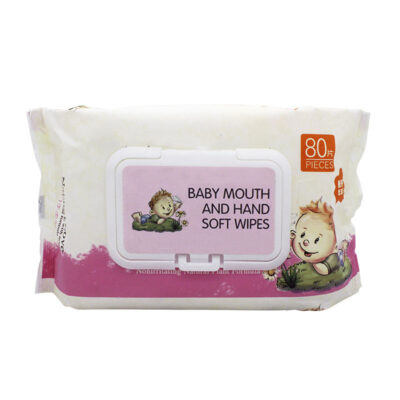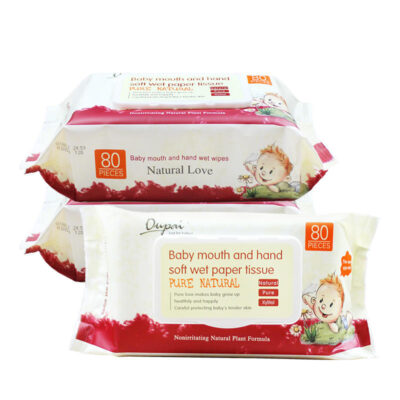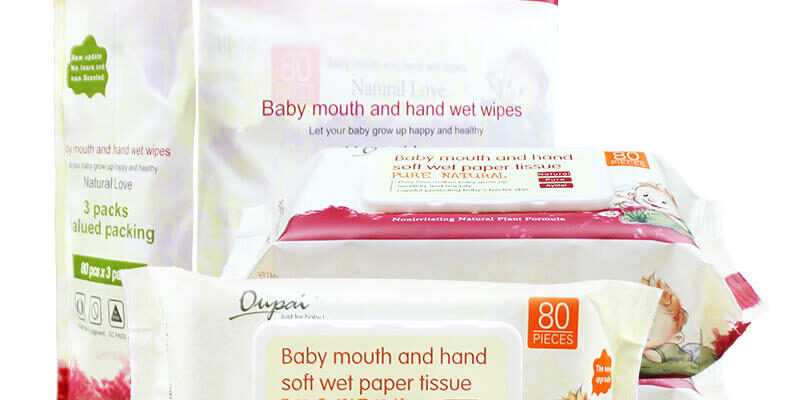Introduction: Why pH and Osmolality Matter in Wipes
For most consumers, baby wipes and body wipes look like simple products—just a sheet moistened with lotion. But for procurement managers and brand owners, what truly defines product quality is the science behind skin compatibility. Two critical parameters—pH and osmolality—directly influence how body wipes interact with the skin barrier. An optimized balance ensures wipes are safe, gentle, and effective for everyday use.
The Role of pH in Body Wipes
The natural skin surface has a slightly acidic pH, generally ranging from 4.5 to 5.5. When wipes are formulated outside this range, they can disrupt the acid mantle, leading to irritation, dryness, or an increased risk of infection.
✔ Ideal pH levels – Body wipes should stay within the natural skin range.
✔ Regulatory compliance – Many markets require documentation proving skin compatibility.
✔ Product positioning – “pH balanced” has become a key marketing claim, especially in Europe and North America.
Experienced Body Care Wipes Manufacturers invest in controlled formulation processes to ensure consistent pH values across every batch.
Understanding Osmolality in Wipes
Osmolality measures the concentration of dissolved particles in a solution. For skin-contact products, this value is critical. If the osmolality of a wipe’s lotion is too high, it may draw water out of the skin cells, causing dryness. Too low, and it may disrupt cellular balance.
✔ Isotonic balance – Mimicking the body’s natural osmolality helps preserve hydration.
✔ Consumer comfort – Balanced wipes feel soothing rather than sticky or tight.
✔ Differentiation – Brands that advertise osmolality-tested products often stand out in competitive markets.
Reliable Wipe Manufacturers often provide osmolality testing as part of their R&D service for private label buyers.
Protecting the Skin Barrier: Beyond Formulation
pH and osmolality are essential, but they must work hand in hand with other formulation strategies:
-
Moisturizing agents – Ingredients like glycerin or aloe help replenish hydration.
-
Mild surfactants – Prevent over-stripping of natural oils.
-
Preservative systems – Maintain microbiological safety without triggering irritation.
-
Biodegradable substrates – Soft, breathable nonwovens reduce friction on the skin.
Together, these factors ensure that body wipes not only clean effectively but also maintain the integrity of the skin barrier.
Implications for Procurement and Branding
For B2B buyers, understanding these technical details is not just about compliance—it’s about brand positioning. Wipes that can claim “dermatology-tested,” “pH balanced,” or “osmolality controlled” often enjoy stronger consumer trust.
When sourcing from body care wipes manufacturers, procurement managers should request:
-
Full formulation dossiers
-
Clinical testing reports
-
Compliance with ISO and dermatological safety standards
-
Customization options for private label differentiation
Conclusion: Science as a Selling Point
In today’s competitive hygiene market, buyers want more than just a low-cost wipe. They want a product backed by science that protects the skin barrier. By ensuring proper pH and osmolality, brands can deliver wipes that are safe, effective, and marketable across global regions. Partnering with experienced wipe manufacturers ensures consistent quality and regulatory peace of mind—helping distributors build consumer trust and long-term growth.

















